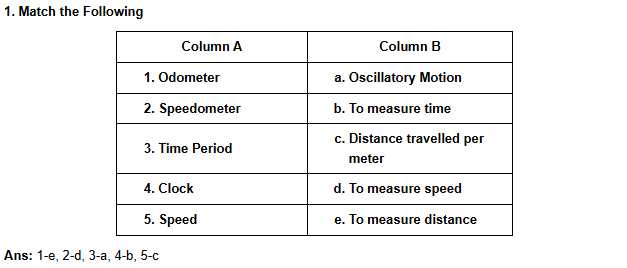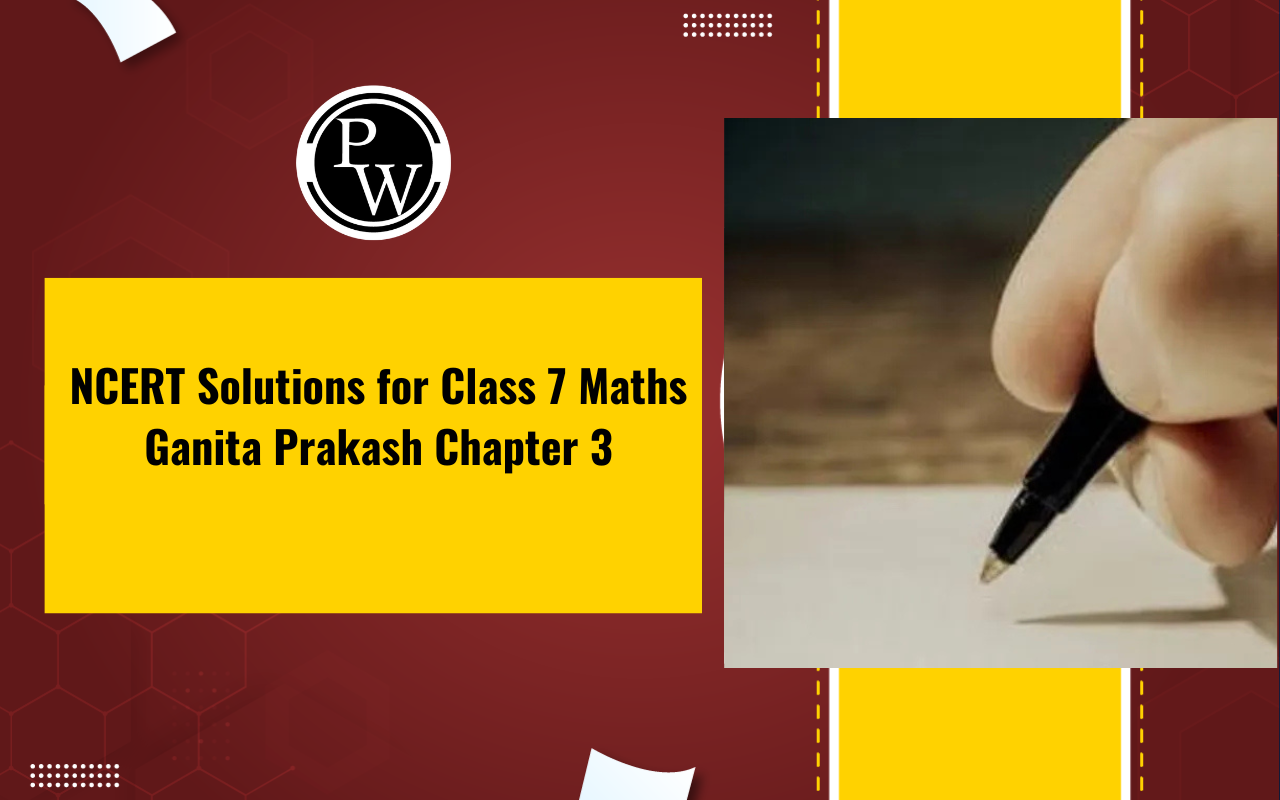
Important Questions for Class 7 Science Chapter 9: For CBSE Class 7 Science Chapter 9 Motion and Time, understanding key concepts is crucial for exam preparation. Important questions from this chapter cover topics such as types of motion (linear, circular, periodic), measuring time (using a pendulum, stopwatch), and understanding concepts like speed, velocity, and acceleration.
Students may also be asked about simple experiments demonstrating the properties of motion, such as the effect of force on motion or how to measure the speed of an object. Preparing for these questions involves revising definitions, solving problems, and understanding how to apply formulas related to motion and time. For more detailed and specific questions, referring to the CBSE textbooks and supplementary resources like past years' question papers or guides can be very helpful.Important Questions for Class 7 Science Chapter 9 Overview
Chapter 9 Motion and Time in Class 7 Science introduces students to the fundamental concepts of motion, speed, and time. This chapter helps students understand the various types of motion such as linear, circular, and rotational motion, along with the basic principles that govern them. It covers key concepts like distance, displacement, speed, and velocity, emphasizing the difference between them. The chapter also explores how these concepts are mathematically represented and applied in real-world scenarios. Understanding the relationship between speed, time, and distance is crucial for solving problems related to motion. It introduces students to the concept of time, the tools used to measure it, and the importance of precise timing in daily life. Overall, this chapter lays the foundation for understanding motion in physics and prepares students for more advanced topics in higher classes.Important Questions for Class 7 Science Chapter 9 PDF
For students preparing for their exams, the Important Questions for Class 7 Science Chapter 9 Motion and Time are essential. This PDF includes a compilation of key questions and answers that cover all the crucial topics from the chapter. It helps in understanding the concepts of motion, speed, time, and related topics more effectively. Accessing this PDF will aid in revision and practice, ensuring a better grasp of the subject matter. Click the link below to download the PDF and enhance your exam preparation.Important Questions for Class 7 Science Chapter 9 PDF
Important Questions for CBSE Class 7 Science Chapter 9 Motion and Time
Here are the important questions beneficial for Important Questions for CBSE Class 7 Science Chapter 9 Motion and Time-Important Questions for CBSE Class 7 Science Short Answer Questions: 3 marks
1. Explain oscillatory motion.
Ans: Oscillatory motion is a type of periodic motion where an object moves repeatedly between two extreme positions and back to the mean position. In this motion, the object undergoes regular and repetitive back-and-forth movement around a central point. The motion continues indefinitely without external forces like friction. A common example is the movement of a simple pendulum.2. Explain uniform motion.
Ans: Uniform motion occurs when an object travels equal distances in equal intervals of time along a straight path. The velocity remains constant throughout the journey, meaning there is no change in speed over time. The graph of distance versus time for uniform motion is a straight line. An example of uniform motion is the movement of blades in a ceiling fan.3. Explain non-uniform motion.
Ans: Non-uniform motion occurs when the graph of distance versus time is not a straight line, indicating that an object does not cover equal distances in equal intervals of time. The velocity of the object changes throughout the motion, meaning it accelerates or decelerates. A real-world example of non-uniform motion is a car moving on a road with traffic congestion.4. If a car travels 216 kilometres in 4 hours, calculate its speed.
Ans: Given,- Total distance = 216 km
- Total time = 4 hours
5. If a pendulum completes 40 oscillations in 10 seconds, calculate its time period.
Ans: Given,- Total time = 10 seconds
- Number of oscillations = 40
Important Questions for CBSE Class 7 Science Long Answer Questions: 5 marks
1. Consider the following distance-time graph and answer the questions that follow:
- What was Sian’s speed for the first 30 minutes of her journey?
- Distance = 20 km
- Time = 30 minutes
- 15 minutes after starting the journey, how far had Sian reached?
- What is plotted on the X-axis and what is plotted on the Y-axis?
2. Anil cycled from his home to the park, waited for a while, and then returned home.
- At what time did Anil leave his home?
- How many minutes did Anil wait in the park?
- What is the distance from Anil’s home to the park?
- What was Anil’s speed on his journey to the park?
- What was Anil’s speed on the return journey?
Benefits of Solving Important Questions for Class 7 Science Chapter 9
Important Questions for Class 7 Science Chapter 9 FAQs
What is motion?
What is speed?
What is velocity?
What is acceleration?
What is uniform motion?









